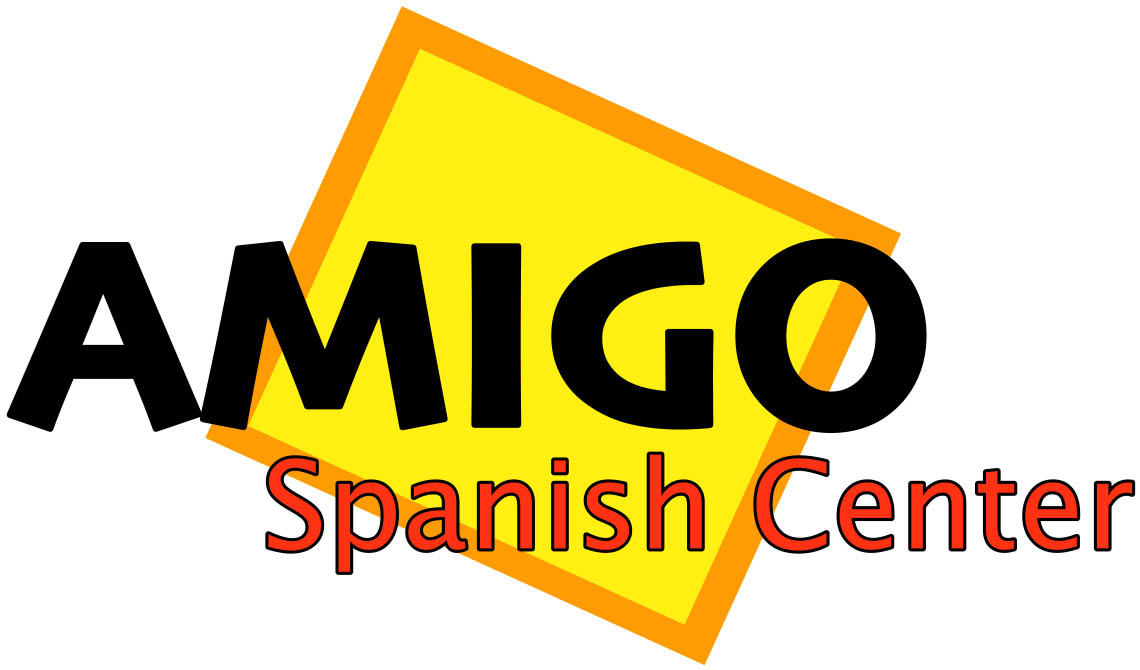Everyone is different, and has a different learning style. This is a different argument than some students being smarter than others. This is about finding your optimal learning method that makes you learn the fastest. In general there are 3 types of Spanish learners that you will find.
While you will have a natural advantage, it’s important to find out what it is, so that we can focus on your weaknesses. Each class will give you one-on-one time with the teacher so that you get individual attention to improve these weaknesses.
Listening (and Understanding!)
Have you ever been out at a restaurant and overheard a conversation from a nearby table? This is the ultimate test of fluency. To be able to understand everything that is being said without having to think about it. Many language learners get discouraged after years of trying to learn a second language, and see this as an impossible goal for themselves. However, with the proper method you can improve your listening ability to a much higher level and much more quickly than you may believe.
Look at the sentence below and image if a Spanish speaker were speaking it at normal pace:
I went to the store, but when i got there I found out that they were closed. I went back to my car and realized that I had locked my keys inside. I reached for my phone and notice that I had left it too inside the car.
This sentence may be difficult to understand, but where do we start? Your teacher will first train you to hear the individuals words.
I, store, went
Then you will progress to simple sentences and phrases
I went to the store.
I reached for my phone.
Finally, you will string sentences together with ease.
The list below outlines our listening-progression goals:
1. Able to understand your teachers when they speak slowly.
2. Able to understand your teachers when they speak normally.
3. Able to understand someone in a one-on-one conversation about basic things.
4. Able to understand someone in a one-on-one conversation with more difficult words and grammar.
5. Able to understand the happenings of a group conversation that you are involved in.
6. Able to subconsciously understand nearby conversations without having to stop to think to translate them to English in your head.
About Grammar
Grammar is important. However, many students fail in their Spanish language learning because they learned a way that shoved tons of grammar rules into them and forced them to memorize dozens of vocabulary lists. We will teach you the grammar you need as you need it.
To put you back in the driver’s seat: once we get prize money from winning a race (successfully progressing through the lessons), we will focus on making your good engine great. Then the next time we get prize money we will spend it on your tires. We won’t keep investing in the engine so that it improves too quickly for your tires to keep up.
Learning Spanish is like Upgrading Your Computer
A computer can only work as fast as it’s slowest component. A computer has short-term RAM memory, a hard drive, a processor, an internet connection, and an operating system. All of these components work together, and the faster they all are, the faster your computer runs.
We can relate these computer components to the different abilities required to learn Spanish. To progress in Spanish you must be simultaneously improving your speaking, listening, grammar, reading, and writing. You can only speak Spanish as good as your weakest area. Therefore, we can improve these areas the same way we can upgrade our computers.
If you have a fancy hard drive, but outdated RAM, then you can store lots of information, but you can’t access it quickly when you need it. Likewise, if you speak well, but listen poorly, then you’ll be able to tell people what you want, but you’ll struggle in conversations because you won’t know what to say back.
If your RAM is up to date, but your hard drive is small, then you can access information quickly, but it contains too little information to be of use in many situations. If your listening skills are good, but your speaking skills are poor, then you’ll understand what is going on, but smile back embarrassedly when you don’t know what to say back.
If your RAM is good, but you’re on a dial-up internet connection, then your computer will perform quickly, but you will be unable to access new information quickly. If your conversation ability is good, but you struggle with reading, then you’ll be able to converse well about the topics you know, but you won’t be expanding your vocabulary every day like you do when you can read everything around you.
A good computer technician can diagnose a computer and find out what is slowing it down. In the same way, our Spanish teachers are trained to identify your biggest weakness, and give you the necessary training you need to improve it. Because we teach in a small group setting, you will get one-on-one time with a native Spanish speaker each and every class!
If you agree with this philosophy then you will love the Amigo Rapid Progression Spanish Courses. There several variations, available to Adults, Teenagers, and Children. There’s also a special variation catered to business professionals. These courses direct you toward your goal of speaking conversational Spanish, while simultaneously improving all aspects of your Spanish ability.




